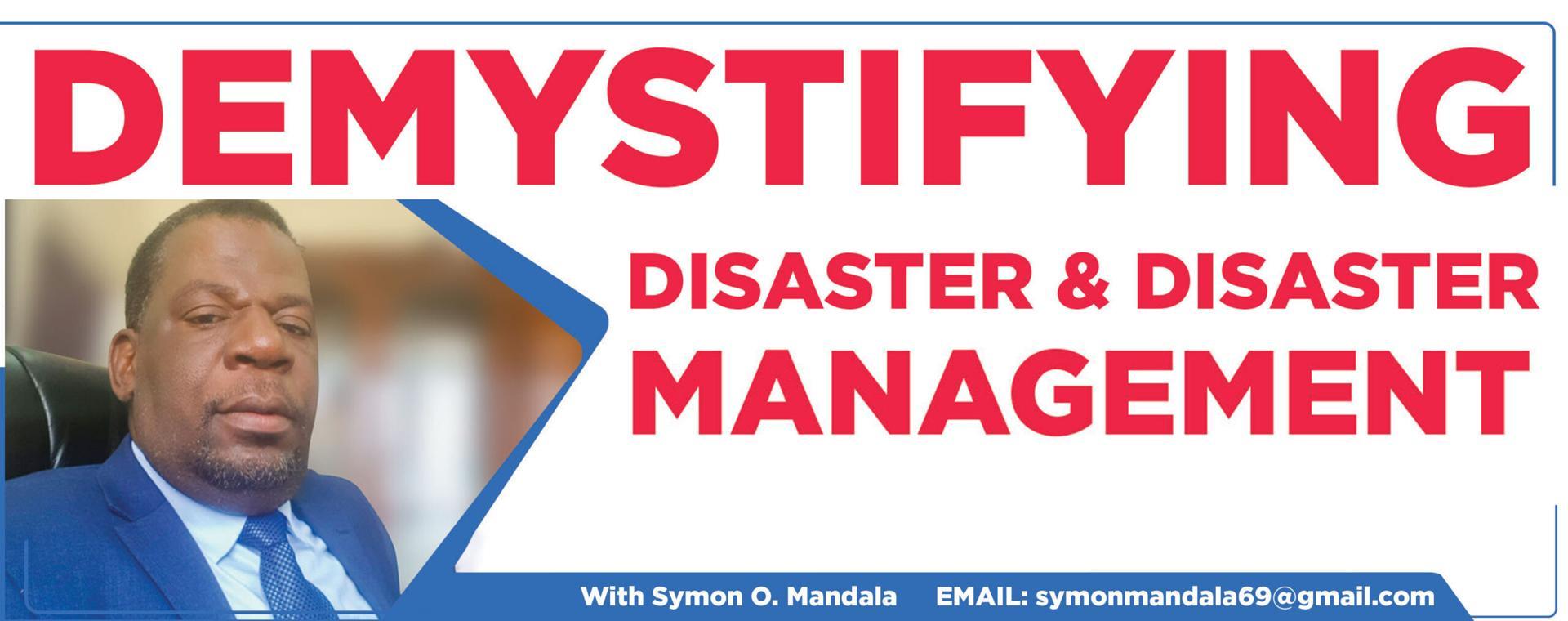Africa-Press – Malawi. KEY PLAYERS IN DISASTER MITIGATION— Journalists
The media is an invaluable asset in times of disaster. It provides vital information on public safety, creates awareness, fosters community engagement and holds authorities accountable. Its linkage with the public and disaster management agencies enables it to disseminate vital information to the public before, during and after the disaster. Further, the wide outreach timely empowers individuals and communities with the knowledge and information necessary to minimise risks and respond effectively to disasters.
Specifically, the media’s role in disaster management includes educating the public about disasters; warning of hazards; warning of impending disasters; gathering and transmitting information about affected areas; alerting government officials, relief organisations and the public to specific needs; and facilitating discussions about disaster preparedness and response for continuous improvement.
The media can be effective in disaster management if it is well capacitated in areas of disaster and disaster management, including disaster risk communication. This entails the need for establishing effective working relationships between the media and disaster management organisations and agencies. This may mean deliberate efforts by the disaster management agencies to establish a framework to facilitate effective media role in disaster management.
The media also influences public opinion on how disaster management is being handled. This often determines the level and urgency of attention that relief agencies pay to a particular disaster and specific affected areas. Besides providing instantaneous information, the uninterrupted and factual coverage of incidents and post-disaster events assists decision making and rapid response immediately after a disaster, thereby reducing injuries and saving lives as well as property.
It must be noted, though, that while the media plays a very positive and important role in times of disaster, it can also hinder the response and recovery process, if not managed properly. For instance, the media may exaggerate some elements of the disaster and create unnecessary panic, which can negatively affect interventions.
It can also hinder response when influential politicians manipulate the media into portraying a particular political grouping as being more responsive in issuing relief items to the poor and victims of the disaster than other players or competing political grouping. In such cases, the victims may not be adequately supported as the impression being given is that of sufficient supplies, when the reality on the ground is different. There could be cases of news reporters providing biased news coverage for purposes of sensationalism, leading to an influx of relief items and resources by various players and well-wishers to an otherwise moderately affected area at the expense of more severely hit areas.
The media may sometimes focus on covering an event or public official as opposed to actual disaster reporting that can provide vital information to save lives. It is not uncommon for the media to patronise the same area consecutively covering different players, be it public officials or politicians— this being done at the expense of other equally, if not severely, affected areas. SAs such, other affected areas miss out on support.
It should be noted that disaster reporting is unique. It focuses on mitigating disaster risks so as to save and protect lives. Therefore, information must be factual to avoid creating unnecessary panic. In disaster reporting, the media must go beyond just creating a news item or indeed a captivating headline that can sell and, rather, focus on reports that contribute to saving and protecting lives.
In conclusion, the media can play a unique role in both pre and post disaster phases of disaster management cycle covering mitigation, preparedness, response and recovery. While the focus of the media and disaster management agencies may not be synonymous, a lot can be done to develop and disseminate vital information to the public that will not only save and protect lives, but also inculcate a disaster conscious mindset that translates to resilient communities.
For the media to effectively do this, an institutional framework needs to be established to foster closer working relationship between disaster management agencies and the media. Such a framework will ensure effective coordination in terms of accuracy of messages and reports, enhanced capacity of the media, generation of preapproved messages and ethical considerations, among others. Considering that disaster journalism is a specialised area needing sensitisation towards development of effective emergency communication or alerts, it may be important to consider designating and training ‘disaster journalists’, just like media designate reporters to cover politics, financial markets, among others.
For More News And Analysis About Malawi Follow Africa-Press






